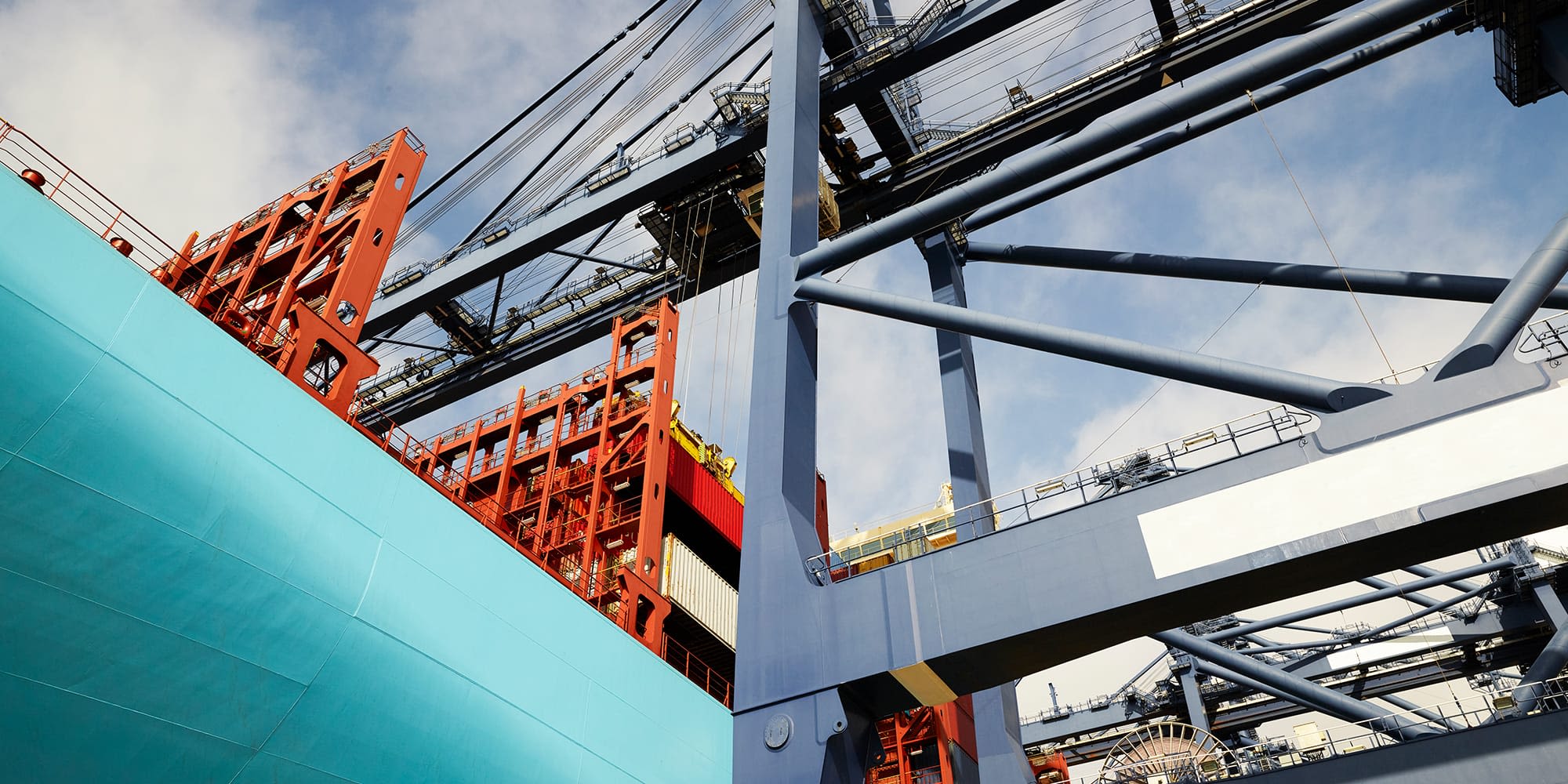How U.S.-China Tariffs Are Hindering Business Growth

Today, Flexport Capital is releasing a financing solution to help alleviate the working capital constraints caused by the U.S.-China tariffs. A suite of trade finance solutions, Flexport Capital helps businesses – especially fast-growing companies – keep their capital working for them. The following post, adapted from a LinkedIn article by VP of Flexport Capital Dan Glazer, explores how tariffs are squeezing the working capital of Flexport clients and U.S. businesses alike.
When I speak to our customers, one of their biggest obstacles to growth is a lack of working capital. They’re growing like crazy, but they don’t have the liquid cash to invest in new products, fulfill orders, pay suppliers, move their freight and cover customs all at the same time. They’re spread too thin. We call this the “Growth Dilemma,” otherwise known as a working capital constraint. In the past year or so, the US-China tariffs have made this working capital constraint even worse. And, we are now at an inflection point. Unless we can provide companies with a way to manage their finances in a sustainable, long-term manner, both US businesses and the economy will stagnate. By helping companies through smart financial instruments designed for the global trade process, businesses will be able to better steer through the chaos and find new ways to thrive and innovate.
The Tariffs
The U.S.-China tariffs dominated headlines and trade lanes alike this past year. Months of “Twitter diplomacy,” threats, and delays unleashed unprecedented volatility. From the first tariff tweet, brands have been forced to navigate an increasingly uncertain global trade environment.
“Beating the tariffs” has been a popular phrase in the media since the first tariffs went into effect in January 2018. But to do so requires massive capital and time investments: stockpiling inventory to get ahead of tariff implementation deadlines, paying extra for ocean or air freight capacity, or investing in new suppliers outside of China.
The Financial Hit
Flexport, a global freight forwarder, has been on the front lines of the U.S.-China tariffs. As we developed new ways to help our clients mitigate the tariff impacts through real-time guidance, investments in regional infrastructure, and new financial service offerings, we uncovered how business’ day-to-day costs have been affected.
We discovered that over 60% of Flexport clients have had products affected by the tariff increase, resulting in higher duty payments — and ultimately landed costs — since January 2018. Landed cost is the total price of a product or shipment once it arrives at a buyer's doorstep. This includes the cost of the unit itself, plus transportation/freight costs and all payments on the shipment, including duties and tariffs. That’s why, as tariffs increase, profit margins decrease.
These two compounding factors mean that many of our clients, and probably many U.S. companies, are experiencing a cash crunch. In these situations, working capital – the day-to-day cash that companies need to reinvest into their businesses, pay suppliers and develop new products — is trapped in the supply chain instead of flowing through a business. Less working capital means fewer opportunities to invest in the business, which could result in stagnated growth. For instance, customers can use financing to fund additional inventory or new manufacturing facilities to offset pressure from the delicate supply and demand equation..
To beat the January 1, 2019 tariff deadline, many US brands imported large volumes of inventory. According to the WSJ, inventory stockpiling led to $3.4 trillion in working capital getting locked up across U.S. companies at the end of 2018, up from $2.7 trillion five years ago.
And brands that can’t afford any of these tariff mitigation measures are stuck funneling massive amounts of cash to cover higher duty payments. According to Reuters, as tariffs have increased, companies have had no choice but to put down larger deposits on U.S. customs bonds, a guarantee to the U.S. government that a company will pay the bill for tariffs.
After more than a year and a half of this uncertainty, it’s clear: We may be a tweet away from a new tariff at any time. And with each new tariff, it costs more to bring goods into the country, constricting companies’ cash flow. We’ve seen how short-term fixes to the tariffs shake out; capacity crunches, freight prices sky rocket , and supplier confusion wreaks havoc on US firms. VP of Finance, CFO or Founder, it’s imperative that they implement long-term financial solutions that will help them manage the costs of the tariffs.
Trade financing won’t eliminate the new costs or headaches spurred by the tariffs. It can, however, help companies manage the financial stress of new duty payments and the table-stakes expenses companies face. Not only is finding a long-term solution imperative to financial teams and companies alike, but it’s imperative for the US economy. If working capital remains tied up in inventory or the supply chain, instead of driving innovation and growth, the impact of tariffs on U.S. companies may be felt for decades into the future.
To discover more options about how you can address the impact of tariffs on working capital, reach out to the Flexport Capital team for a no-cost trade finance consultation.
Update: An earlier version of this blog post included a statistic on average landed unit cost that did not properly disentangle contributing factors. This version of the blog post has been corrected.
Learn more about Flexport Capital:
No Cost Trade Finance ConsultationAbout the Author

About this author



